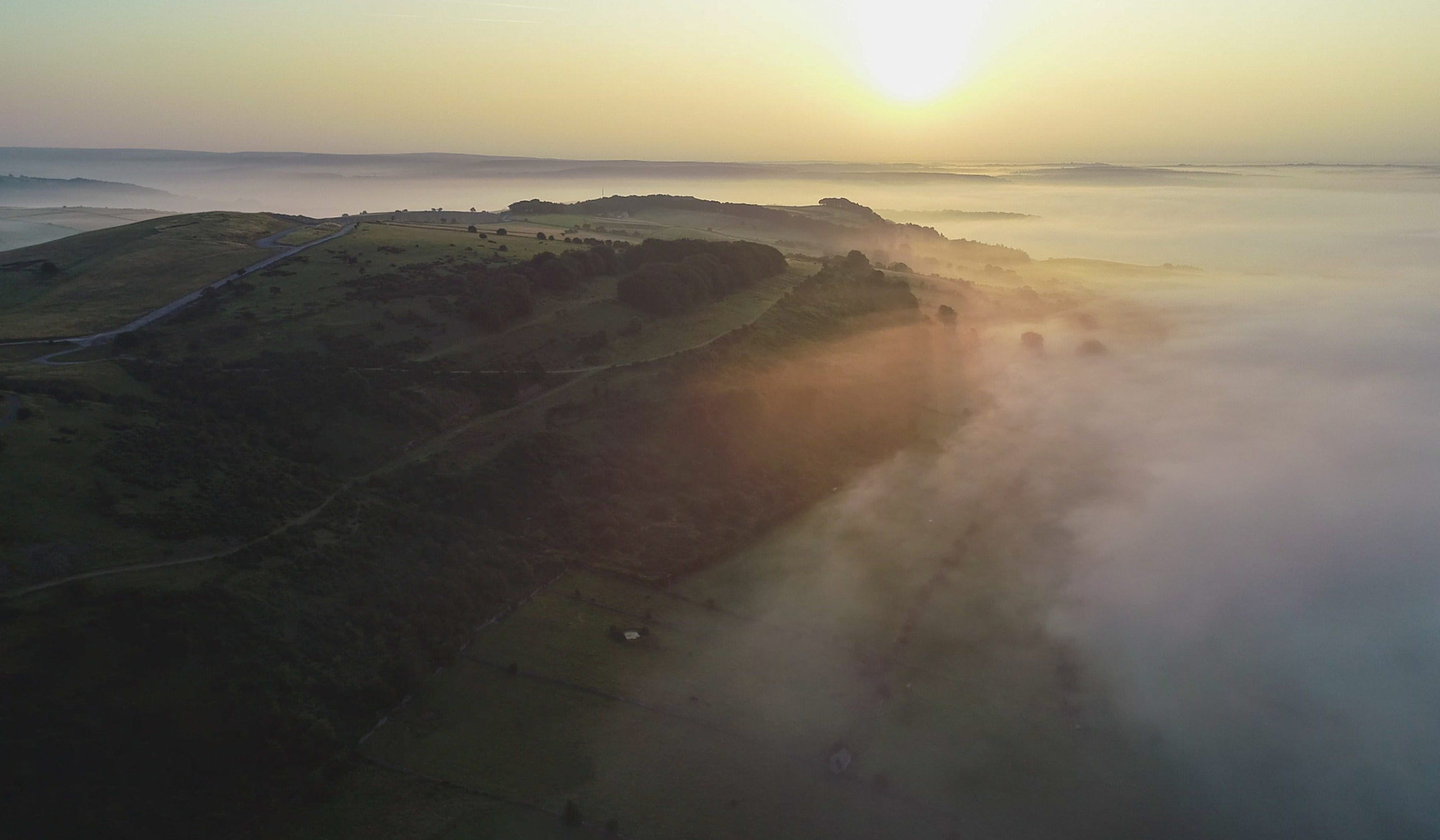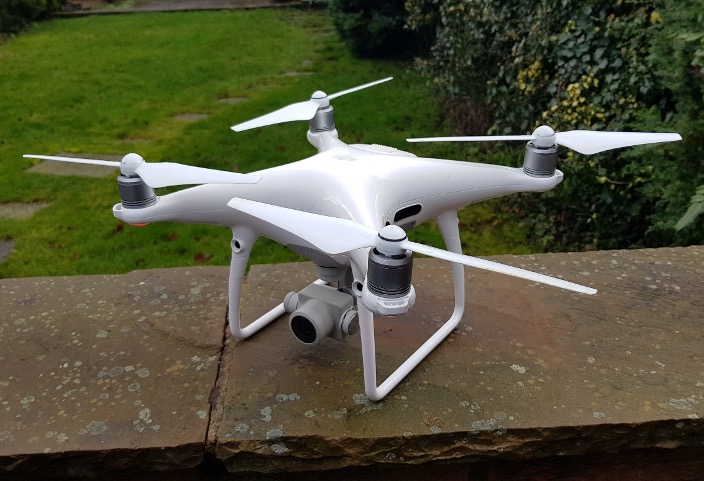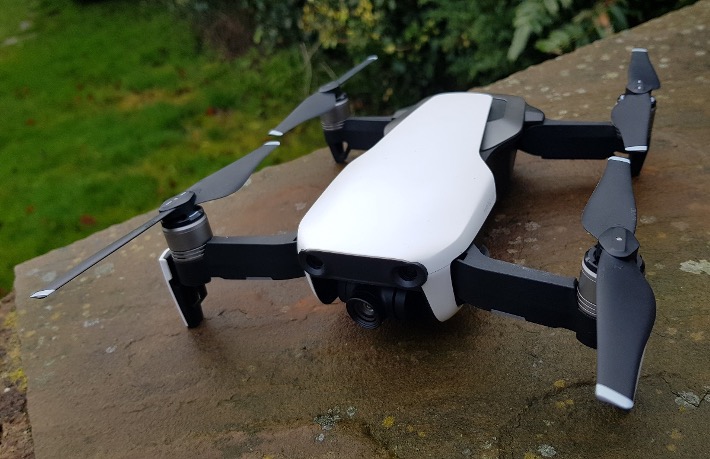
February 2020
I believe I can fly
Do you want to fly too? Come along…
A short blog for those new to drones. Let’s just get some terminology out of the way first…
Drones are also referred to as Unmanned Aerial Vehicles or UAVs, however I’m sticking with “drones” as the UAV acronym is for the type of person who calls a record player needle a “stylus”. Still with me? Good.
Drones are fun
Imagine driving a remote-controlled vehicle in 3 dimensions, and fast. Just look at some of the drone racing footage on YouTube
OK so these are racing drones and are made for speed, but the industry workhorse is the DJI Phantom 4 and this has a maximum speed of nearly 45mph. Not too shabby.
Flying is easy too. If you can use an Xbox or PlayStation controller then you can fly a drone, and if you have played on a console, you’ll also know it’s easy to crash so practice in a safe open area and use the slower speeds first.


Picture this
When you get your drone up in the air you see the world from a whole new angle. It’s special and magical.
However, any photographer will tell you that taking the photo is only a small part of creating the image. You need to be at the right place and at the right time, have the right settings and equipment.
You will need patience and again practice, practice, practice. I do this by taking my drone whenever and wherever I can, the shot above was taken early one morning when I was camping in the Peak District. I always take a drone with me camping, and the DJI Mavic Air or the new DJI Mavic Mini are great portable drones to do just this.

The Law
It’s not all about flying and photos. You can’t just go out and start snapping like you do on your mobile.
The Phantom 4 weighs about 1.4kg, and a collision at 45mph can cause a serious injury. If it collides with an aircraft windshield, the tail rotor of a helicopter, the wing or engine of a plane the damage could be catastrophic.
Therefore, we have laws governing the use of drones.
The Civil Aviation Authority (CAA) oversees the use of drones in the UK. A simplification of the rules are shown in the Drone Code: https://bit.ly/3a44DBw and these rules are constantly being updated to keep up with the changing technology so it’s wise to subscribe to the CAA on the SkyWise site: https://skywise.caa.co.uk/
Since the end of November 2019 recreational users with a drone of over 250g now need to pass an online test and register as an operator, for a cost of £9. Note that the new Mavic Mini is only 249g, circumventing this rule.
Those who commercially fly need to pass a practical test, a written exam and produce an operations manual on how they will fly safely. Successful completion means the operator is awarded a permission to fly commercial operations – PFCO.
So, in summary, practice your flying, practice your photography and abide by the law to prevent catastrophic accidents and on the spot fines.
Next time…
Intelligent flight modes on the Phantom 4 Pro